
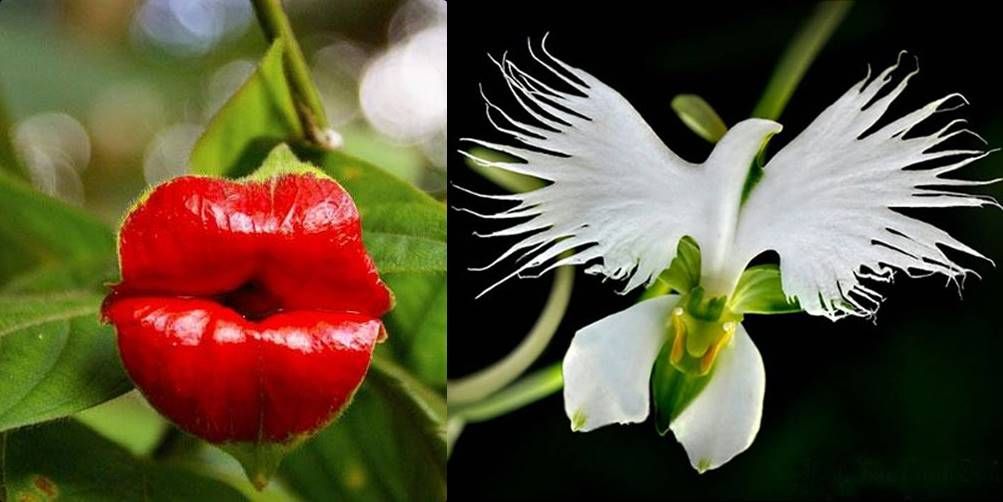
Unique Flowers: 22 Extraordinary Flowers Will Surprise You
Majestic and Unique Flowers
A flower, sometimes known as a bloom or blossom, is the reproductive structure found in flowering plants (plants of the division Magnoliophyta, also called angiosperms). The biological function of a flower is to effect reproduction, usually by providing a mechanism for the union of sperm with eggs. Flowers may facilitate outcrossing (fusion of sperm and eggs from different individuals in a population) resulting from cross-pollination or allow selfing (fusion of sperm and egg from the same flower) when self-pollination occurs. Some unique flowers produce diaspores without fertilization (parthenocarpy). Flowers contain sporangia and are the site where gametophytes develop. Many flowers have evolved to be attractive to animals, so as to cause them to be vectors for the transfer of pollen. After fertilization, the ovary of the flower develops into fruit-containing seeds.
Hooker’s Lips
This tropical tree is found in the rain forests of Central and South America and, at some points, looks bright red lips. It apparently evolved into its current shape to attract pollinators like hummingbirds and butterflies, but it only looks like lips for a short while until it spreads open to reveal flowers.

How many plant species are there in the world?
There are about 391,000 species of vascular plants currently known to science, of which about 369,000 species (or 94 percent) are flowering plants, according to a report by the Royal Botanic Gardens, Kew, in the United Kingdom. *
The Amorphophallus Titanum
The Amorphophallus Titanium is one of the largest flowers in the world. The plant’s full bloom only once every seven to ten years. This rare event only lasts 24 to 36 hours.
The Amorphophallus Titanium also called corpse flower, herbaceous flowering plant of the arum family (Araceae), known for its massive foul-smelling inflorescence (cluster of flowers). The plant is endemic to the steep hillsides of rainforests in western Sumatra but is cultivated in botanic gardens worldwide. The unusual short-lived flower structure is the largest unbranched inflorescence of any plant and smells of rotting flesh. Usually taking 4–10 years or more between flowerings, a titan arum is often a major tourist attraction when in bloom.

The Naked Man Orchid



The Snap Dragon Seed Pod

Hanging Lobster Claw Flower

The Monkey Face Orchid

The Bird of Paradise

The Ice Cream Tulip

The Moth Orchid


Not only is the Phalaenopsis orchid a stunning shade of fuchsia, it also looks like a bird nesting within a wall of petals, though some have compared it to a moth in flight. In fact, the flower’s scientific name may be a reference to the genus Phalaena, which describes a certain species of moth. (Photos: Christian Kneidinger, José Roberto Rodrigues Araújo)
The Flame Lily


The Bat Flower


Flying Duck Orchid


The Laughing Bumble Bee Orchid


The White Egret Orchid


Purple Morning Glory

The Ballerina Orchid

The Parrot Flower
The Jeweled Carpet Flower
The Darth Vader Flower
Dancing Girls
Swaddled Babies
The Angel Orchid
Recommended Videos
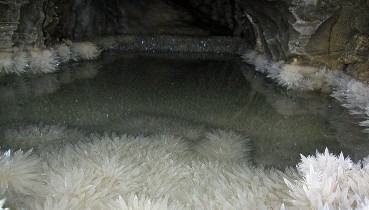 Inside Nettlebed Cave: Crystals In a Pool (Photos)331 views
Inside Nettlebed Cave: Crystals In a Pool (Photos)331 views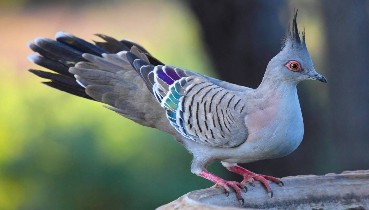 The crested pigeon (Ocyphaps lophotes) is a bird found widely throughout mainland Australia except for the far northern tropical areas.584 views
The crested pigeon (Ocyphaps lophotes) is a bird found widely throughout mainland Australia except for the far northern tropical areas.584 views-
Advertisements
 The Mysterious Arrival of Adelomelon brasiliana Snail Eggs on Mar del Plata Beach120 views
The Mysterious Arrival of Adelomelon brasiliana Snail Eggs on Mar del Plata Beach120 views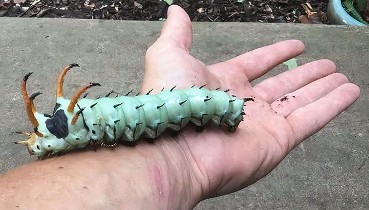 50 Times Mother Nature Proved To Be Scary As Hell.91459 views
50 Times Mother Nature Proved To Be Scary As Hell.91459 views The Giant African Snail (Lissachatina fulica or GAS527 views
The Giant African Snail (Lissachatina fulica or GAS527 views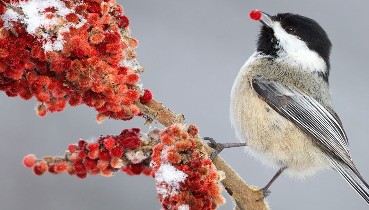 The black-capped chickadee (Poecile atricapillus) is the next species on our list of cute birds.1333 views
The black-capped chickadee (Poecile atricapillus) is the next species on our list of cute birds.1333 views 30 Of The Most Unconvincing Attempts At Photoshop That Got Shamed On This Online Group (New Pics)1590 views
30 Of The Most Unconvincing Attempts At Photoshop That Got Shamed On This Online Group (New Pics)1590 views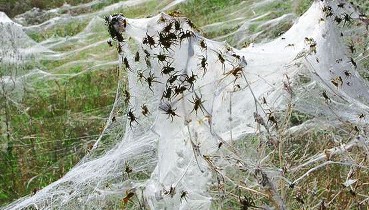 Flying Spiders: The Phenomenon of Ballooning Spiders..229 views
Flying Spiders: The Phenomenon of Ballooning Spiders..229 views
You may also like
 Romantic Photos Of Pastel Parrotlet Birds
Romantic Photos Of Pastel Parrotlet Birds  These Massive Tunnels Were Dug by a Giant Sloth That Lived 10,000 Years Ago in South America
These Massive Tunnels Were Dug by a Giant Sloth That Lived 10,000 Years Ago in South America 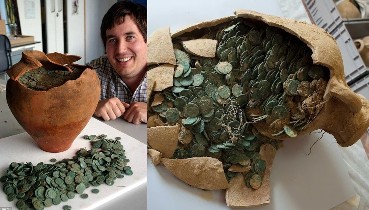 Farmer Discovers A Massive Hoard Of More Than 4,000 Ancient Roman Coins In Switzerland
Farmer Discovers A Massive Hoard Of More Than 4,000 Ancient Roman Coins In Switzerland  Hoodos: The Beautiful Fairy Chimneys That Appear To Be From Another Planet
Hoodos: The Beautiful Fairy Chimneys That Appear To Be From Another Planet











